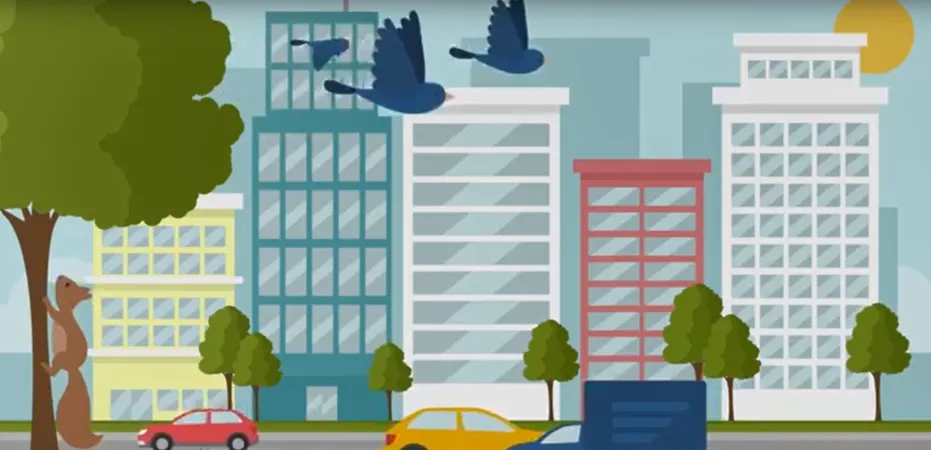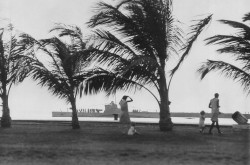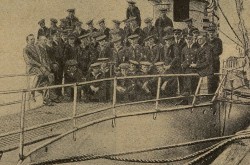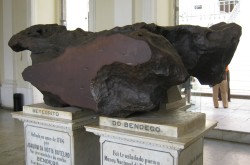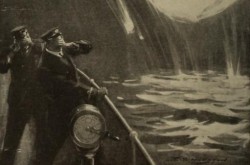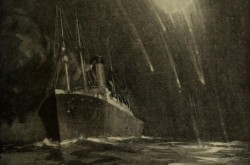Urban trees
Trees in urban settings play multiple roles that impact things like air quality, storm water drainage and how we enjoy our leisure time. This short video digs a little deeper into these and other vital roles played by urban trees.
Transcript
Trees help create healthy and resilient communities in a changing climate.
Trees in our cities provide habitat for wildlife and increase biodiversity. They help manage storm water and moderate summer temperatures, which have been on the rise in recent years.
Trees also capture carbon dioxide from the atmosphere, reducing green-house gases and providing cleaner air.
Studies show that trees make us healthier, physically and mentally. This is because greenspaces provide us with lots of recreational opportunities that contribute to healthier lifestyle choices, and reduce stress. They can also be a local source for food while beautifying the places where we live, work, and play.
We can benefit from trees even after we step inside our homes, schools and other buildings in our communities. Not only do urban trees reduce air conditioning and heating needs, but working and living in buildings constructed using wood provides many benefits like temperature moderation and improved mental health when wood is included in interior design features.
Carbon trapped in the wood of buildings stays trapped for a long time. This method of carbon capture is a very sustainable practice, especially if the wood gets recycled into other products once wooden buildings are taken down again.
Trees, as part of natural spaces, green infrastructure, and our built environments, contribute to resilient, healthy, and beautiful communities!



